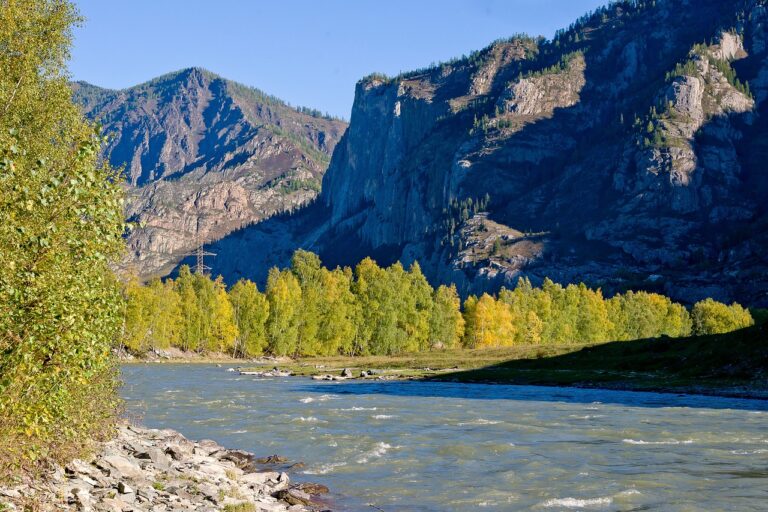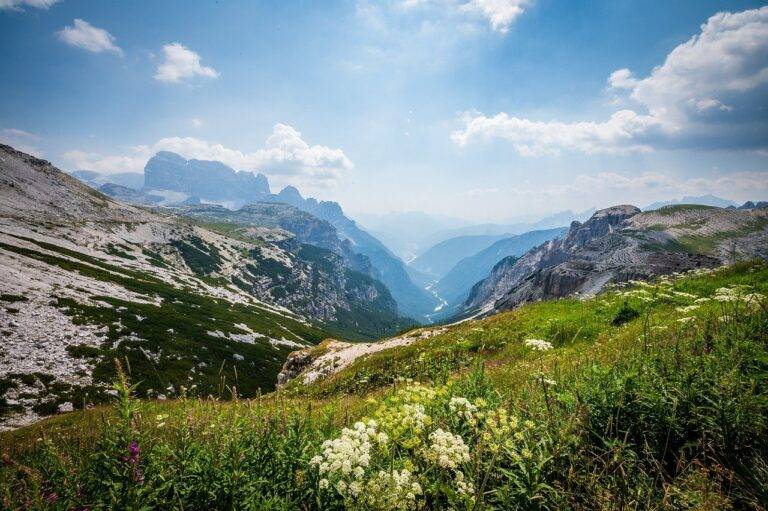Microadventures: Finding Adventure in Everyday Life
A microadventure is a brief and local outdoor escapade that allows individuals to break away from their daily routines without the need for extensive planning or time commitments. It offers a refreshing change of scenery and a sense of exploration, even within familiar surroundings. These small-scale adventures provide an opportunity to connect with nature, challenge oneself, and spark a spirit of adventure in everyday life.
Why Microadventures are Important
Microadventures are important for breaking the monotony of daily life and injecting a sense of excitement and spontaneity into our routines. By exploring our surroundings in a new light and stepping outside of our comfort zones, we can discover hidden gems in our own backyards and cultivate a deeper appreciation for the world around us. These small adventures encourage us to live in the present moment, fostering a sense of mindfulness and gratitude for the natural beauty that surrounds us.
Additionally, microadventures provide a valuable opportunity to challenge ourselves both mentally and physically, helping us to build resilience and confidence in our own abilities. By pushing ourselves to try new activities or visit unfamiliar places, we expand our horizons and develop a sense of self-discovery. These mini escapades can also serve as a reminder that adventure doesn’t always have to be grand or elaborate—it can be found in the simplest of experiences, if only we take the time to seek it out.
How to Plan a Microadventure
To start planning a microadventure, first, decide on the type of activity you want to pursue. Whether it’s hiking, camping, cycling, or even just exploring a new town, pick something that excites you. Next, set a date and time for your microadventure and mark it in your calendar to hold yourself accountable. It could be a weekend trip or even just a few hours after work – the key is to make it manageable and enjoyable for you.
Once you have your activity and date set, research the location you plan to visit. Look for any necessary permits, trail maps, or local regulations you need to be aware of. Consider the weather and pack accordingly, ensuring you have the right gear for your adventure. Lastly, share your plans with a friend or family member, and make sure someone knows where you’ll be in case of any emergencies. Planning ahead will help you feel more confident and prepared for your microadventure.





